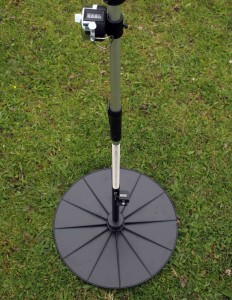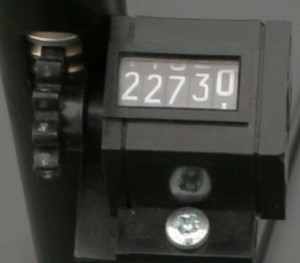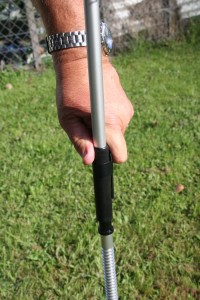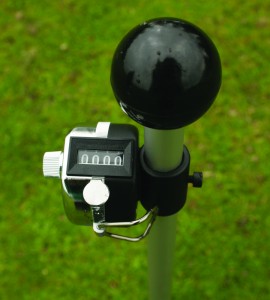



Manual Rising Plate Pasture Meter
The hand-calibrated plate produces highly repeatable results for accuracy that is second only to cutting, drying and weighing pasture samples, a method that is impractical on-farm. The result is a series of accurate measurements of grass height that also accounts for any variation in pasture density.
Two simple counters total the meter readings taken and count the number of individual readings, allowing quick and easy calculation of an average reading for each paddock.
A comprehensive instruction handbook is included with each Manual Platemeter.
Instructions on how to convert rising plate pasture meter readings to pasture cover and pasture dry matter values can be found in the handbook.
Also available with electronic plate counters for the EC05, EC09, EC10 or EC20 electronic platemeters. The electronic plate counters can be purchased separately as upgrade kits for any existing Platemeter.
Features
- Accurate measurement— second only to cutting, drying and weighing pasture samples.
- Measurement range— 0-250mm of compressed pasture height (0-400mm with optional extended shaft.)
- Simple to use— cumulative pasture counter automatically totals pasture height readings.
- Hand-calibrated— ensures readings taken by all NZ Agriworks Ltd platemeters are comparable.
- Reliable— without changing reading accuracy, allowing new results to be compared to old.
- Repairable— high quality materials and accurate manufacturing ensure reliability and long service life.
- Adjustable— sample counter position can be adjusted to suit individual preferences.
The Manual platemeter is supplied in two parts: the plate and the handle.
How to use the Manual Platemeter: (Pasture meter)
On entering a new paddock, zero the top sample counter and take note of the initial reading on the bottom counter. The Platemeter is lowered vertically onto the grass, with the shaft dropping through to rest on the ground, leaving the plate supported by the grass.
The area and weight of the plate have been carefully calibrated for accuracy, and the taller and denser the grass, the further off the ground the plate rests. Grooves on the rpd allow combined grass height and density to be measured in ½cm intervals, ‘clicks’.
The bottom counter records the position of the plate relative to the ground in centimetres, totalling the readings as each sample is taken. The sample counter at the top of the meter is used to record the number of samples taken in each paddock and can be zeroed when required.
Walk across the paddock, taking typically 30 to 50 sample readings, pressing the counter once for each reading taken. At the end of the paddock write down the final reading on the bottom counter and the number of samples taken as shown on the top counter.
Zero the top counter and repeat the process for each paddock being measured.
Pasture cover can then be calculated using set equations, examples of which are set out in the handbook.
